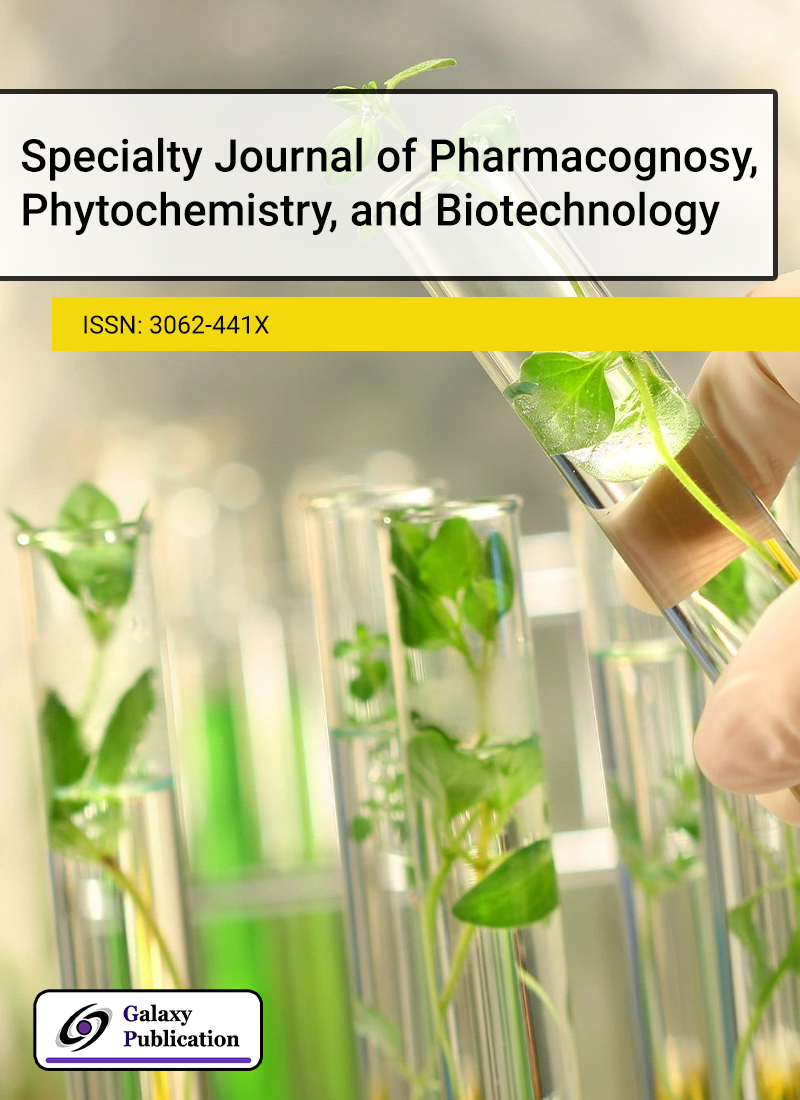
In the current study, an evaluation was conducted on the extract of Coptis teeta Walls to determine its phytochemical content, phenolic and flavonoid levels, antioxidant capacity, and antibacterial effects against human pathogenic bacteria. The qualitative analysis revealed the presence of various bioactive compounds, including alkaloids, carbohydrates, saponins, phenols, flavonoids, tannins, terpenoids, cardiac glycosides, coumarin, starch, quinones, phlobatannins, and steroids. Among the extracts, acetone showed the highest concentrations of total phenolics (100.24 ± 0.00 mgGAE/g) and total flavonoids (269.13 ± 0.05 mgQE/g). The highest DPPH radical scavenging activity was recorded in the acetone extract (IC50 7.37 µg/ml), while the n-hexane extract showed the lowest activity (IC50 76.11 µg/ml). For the ABTS assay, the water extract had the highest IC50 value at 1.41 µg/ml, followed by the acetone extract at 1.91 µg/ml, both of which were lower than the IC50 of ascorbic acid of 2.73 µg/ml. In the FRAP assay, the methanol extract showed the highest antioxidant activity, measuring 113.93 µM Fe(II)/g, with the acetone extract following closely at 98.81 µM Fe(II)/g. Antibacterial activity was evaluated by disk diffusion, well diffusion, and determination of minimum inhibitory concentration (MIC) and minimum bactericidal concentration (MBC) against human pathogenic bacteria. The largest zone of inhibition (ZOI) was observed in water, methanol, and chloroform fractions at a concentration of 1.6 mg/ml, while the lowest was at 400 µg/ml. The MIC and MBC values for all extracts ranged from 0.625 µg/ml to 5 mg/ml and from 1.25 mg/ml to 5 mg/ml, respectively, across all tested bacterial strains.